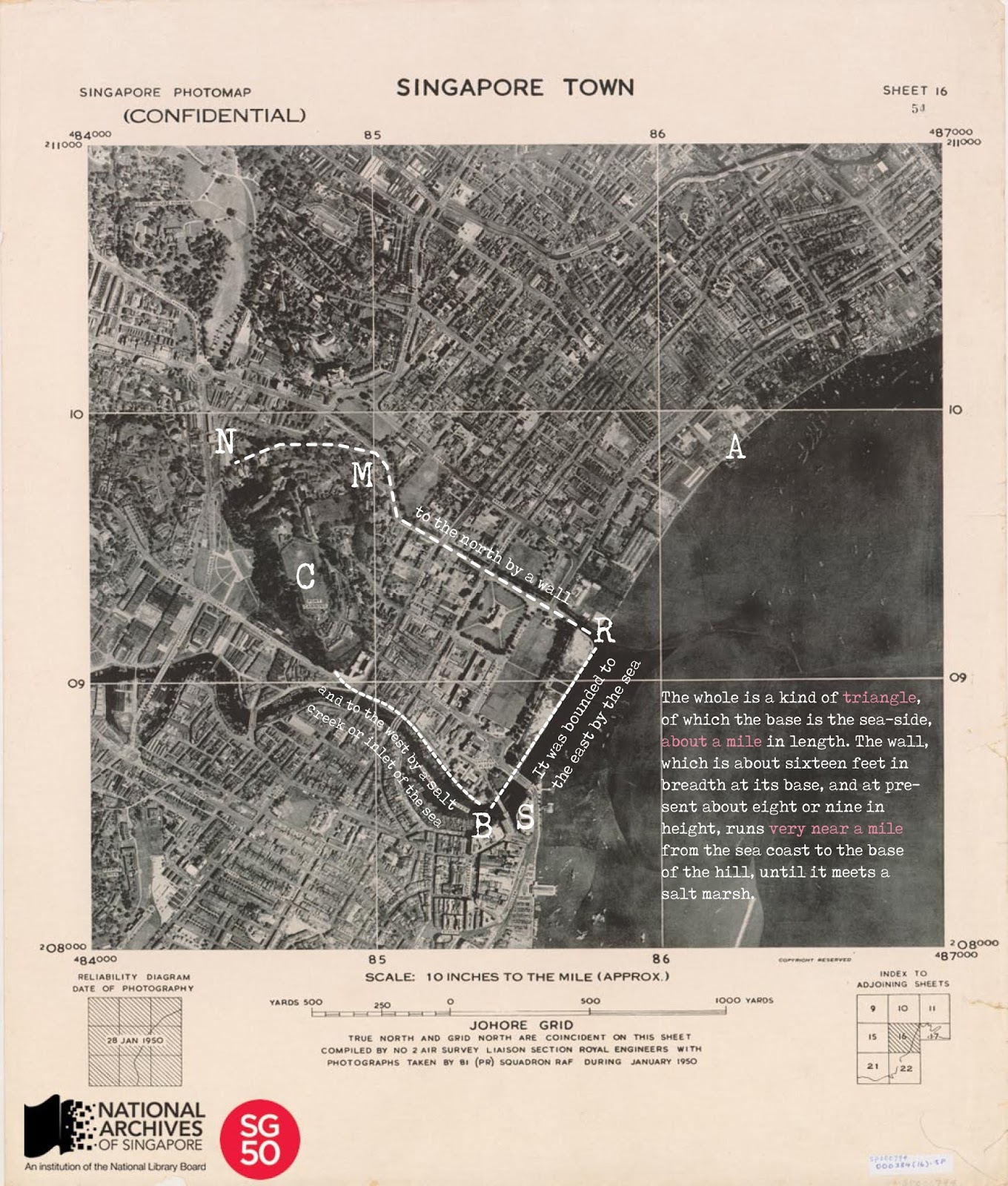Introductory chapter of James Jackson's Planters and Speculators
James Charles Jackson received his doctorate from the Department of Geography, University of Malaya in 1965. Planters and Speculators is adapted from his PhD thesis entitled “Chinese and European agricultural enterprise in Malaya, 1786-1921: a geographical study of expansion and change." At the close of the eighteenth century the Malay Peninsula was a scantily-populated, jungle-covered wilderness politically divided into a series of small states of varying degrees of independence and isolation. Settlement was restricted to small, traditionally-organised and often temporary Malay coastal and riverine kampongs, to a few diminutive mining centres in the foothills and to a shifting aboriginal population elsewhere. Internal communication was limited to the rivers and occasional jungle-tracks, and the peninsula produced little for export to the outside world save small quantities of tin; gold and jungle produce. It was a region almost totally devoid of export-orientated agricult


